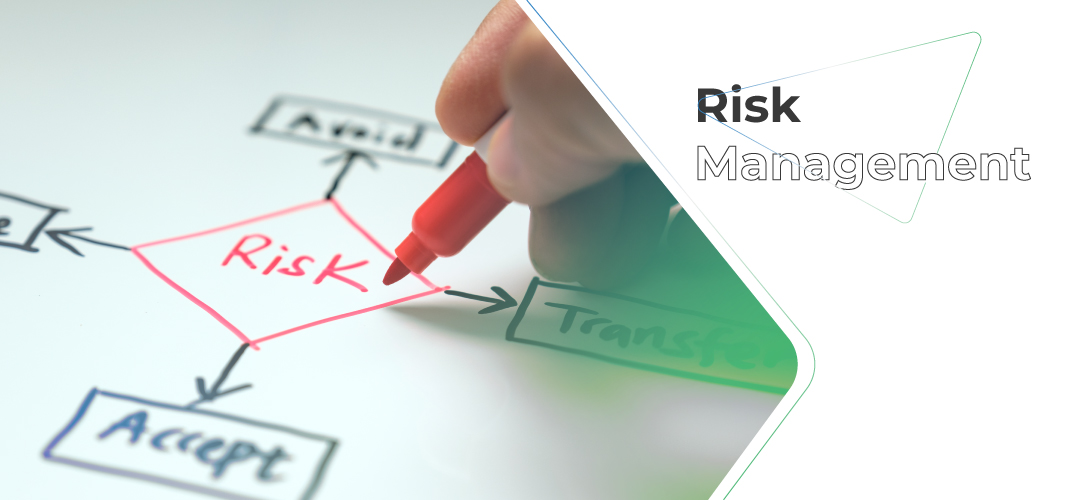Leadership Role in Risk Management

Risk management is an important process that can empower businesses with the necessary tools. The goal is to be able to identify and adequately address potential risks. After identifying the risks, it will be easier to minimize and overcome them.
Individual behavior is partly driven by the environment, including the behavior of others. In these conditions, the leader has a very important role in forming a risk management culture within a team. The leader's behavior also affects the effectiveness of project risk management.
Its role is very important in an organization because without risk management, the company will not be able to determine its goals in the future. If a company defines goals without considering risk, the company will lose its way when risks arise. In this case, the following is the role of leadership in the company's risk management.
1. Active participation
Leaders who are responsible for managing large projects have significant demands on time management. Even though they can't be involved in every aspect of the process, a little interaction can make a big difference.
Dedicating a small amount of time to certain activities signifies the importance of the leader's role in a project. Focusing on the progress and effectiveness of risk response in interactions with direct subordinates will strengthen accountability in risk management.
Giving positive and tangible acknowledgment when responding can actively manage risk. This move will also increase the chances that others will do the same.
2. Balancing ambition with realistic
Prestigious projects will always appear with ambitious targets such as providing bigger, better, faster, and cheaper targets. This certainly helps attract talent and generates the urgency needed to sustain progress.
Leader performance is often measured using a challenging project target. While aligning personal and project goals, doing so can lead to some unintended consequences.
In making a change, the risk manager may be pushed by project managers with a 'wrong' or 'too pessimistic' assessment. Confirmation bias and commitment will be influential factors so that someone tends to reject information that is not in accordance with the views and promised results.
When someone gets negative feedback from a manager, he or she will think twice about presenting similar information next time. Regardless of your role as risk analyst, project manager, or program director, having even seemingly harmless negative consequences can have an unintended outcome.
Good project leaders encourage teams to achieve challenging targets. However, on the other hand they also help to create a supportive environment if certain unfavorable outcomes of discussions arise.
3. Promote collaboration
Many large projects are often carried out by more than one organization. Getting a picture of the risks involved in a business process requires more than just an integrated process because it relies on transparency between parties, suppliers, and customers or clients.
For example, when a manager sided with a supplier, this could have a strong effect on the team's approach to dealing with related parties. In other words, a leader gives tacit permission to take a confrontational approach while promoting a more collaborative attitude.
The leader is also responsible for setting priorities and goals for the project phase. Focusing on goals can be self-serving, thereby shifting risk to others. When managers can keep prices down, it may provide short-term rewards. However, this can also be an approach that is likely to lead to an overall bad effect.
Effective risk management depends on collaboration and transparency between the parties involved. If the collaboration that was formed was carried out fairly, it means that all parties involved also helped protect the long-term success of the project.
One way to minimize risk in a managerial process is to help people make decisions. Decision making can not only be decided by using logic because in practice people will see emotional cues from the actions taken by a leader.
For this reason, leaders are given roles and responsibilities to be able to build good relationships within the group. Managers can become effective leaders by participating in the First Line Leadership program at prasmul eli. Achievement of organizational goals can be done well as managers can discuss and share best practices from different situations.